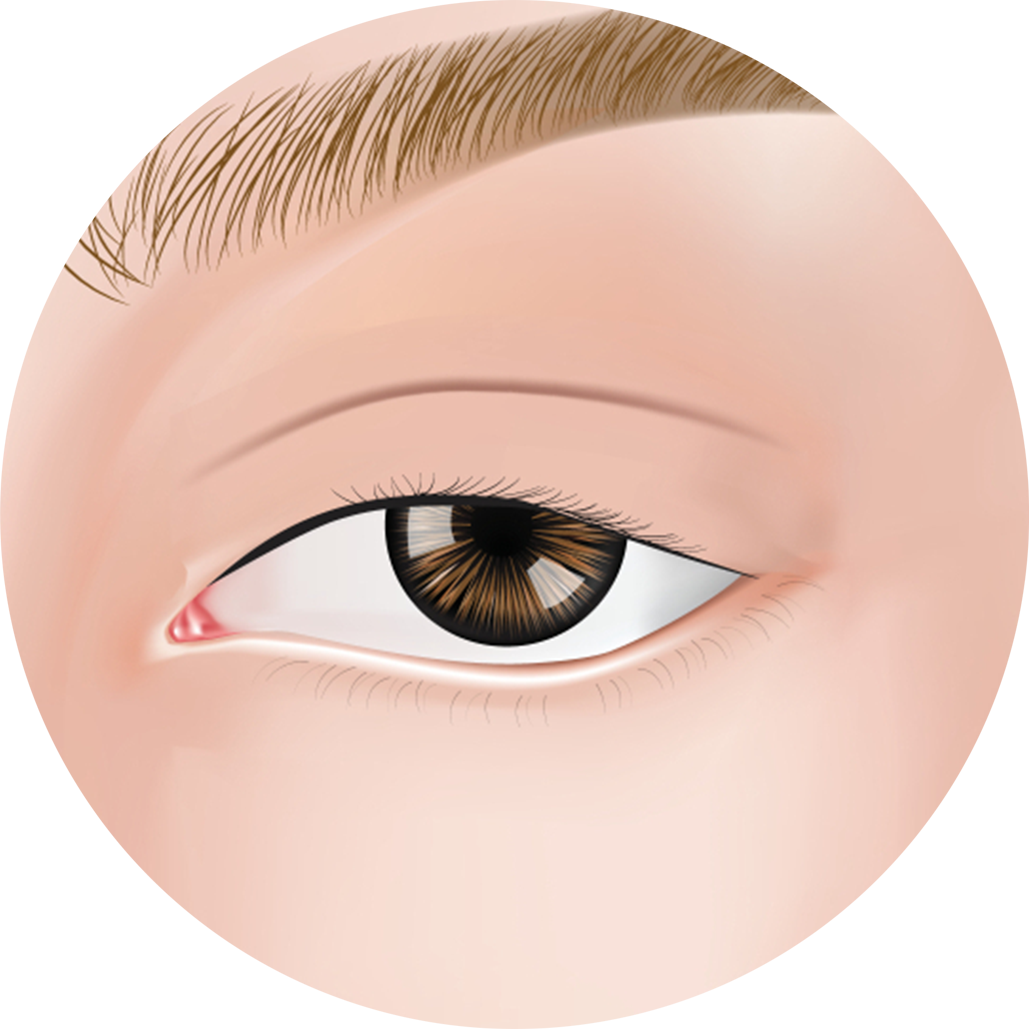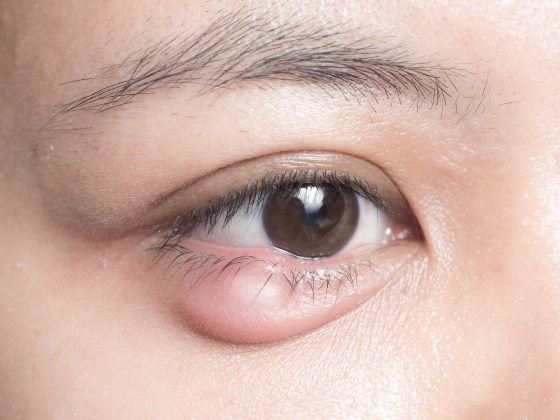Home > Specialties > Oculoplasty
Oculoplasty
Oculoplasty, also known as oculoplastic surgery is a specialized branch of ophthalmology that focuses on the diagnosis and treatment of disorders affecting the structures around the eyes, including the eyelids, tear ducts, orbit (eye socket), and the surrounding facial tissues. The term “oculoplasty” is derived from the combination of “oculo” (related to the eye) and “plasty” (surgery or reconstruction).


Causes of Oculoplasty
Eyelid Disorders: Issues related to the eyelids, such as drooping eyelids (ptosis), excessive skin or fat deposits, eyelid malpositions (ectropion or entropion), and eyelid tumors.
- Orbital Diseases: This involves the structures around the eye socket (orbit), including tumors, inflammations, and fractures.
- Lacrimal (Tear Duct) System Disorders: Conditions affecting the tear drainage system, such as blocked tear ducts.
- Eye Socket (Orbital) Trauma: Injuries to the eye socket, including fractures and other traumatic conditions.
- Cosmetic Eyelid Surgery: This may include eyelid lifts (blepharoplasty) to address sagging skin or fat deposits.
- Botox and Fillers: Non-surgical treatments, such as Botox injections and dermal fillers, to address cosmetic concerns around the eyes.
- Dacryocystorhinostomy (DCR): DCR treats blocked tear ducts. During the procedure, the plastic surgeon creates a new channel between the tear sac and the nasal cavity to allow tears to drain properly.
Types of Oculoplasty
Oculoplasty refers to the surgical and non-surgical procedures that are related to the eyes and their surrounding structures.
Some various diseases and conditions fall under oculoplasty:
- Ptosis: Ptosis refers to drooping of the upper eyelid. It can be congenital (present at birth) or acquired (developed later in life) and may affect one or both eyes.
- Entropion: Entropion is a condition where the eyelid turns inward, causing the eyelashes to rub against the cornea, leading to irritation and discomfort.
- Ectropion: Ectropion is the opposite of entropion, where the eyelid turns outward. This can result in exposure to the inner surface of the eyelid and may lead to tearing and irritation.
- Orbital Fractures: Trauma to the eye socket or surrounding bones can cause fractures. Oculoplastic surgery may be required to repair these fractures and restore normal function.
- Orbital Tumors: Tumors that develop in the eye socket can affect the surrounding structures and may require surgical intervention for removal.
- Eyelid Tumors: Tumors can develop on the eyelids, and oculoplastic surgery may be necessary for their excision.
- Thyroid Eye Disease (Graves’ Ophthalmopathy): This autoimmune condition affects the eyes and surrounding tissues, causing symptoms such as bulging eyes, double vision, and eyelid retraction.
- Lacrimal (Tear Duct) Disorders: Conditions affecting the tear ducts, such as blockages or excessive tearing, may require oculoplastic procedures for correction.
- Orbital Inflammatory Diseases: Inflammation of the tissues within the eye socket can lead to various symptoms and may require medical or surgical management.
- Blepharospasm: This is a condition characterized by abnormal, involuntary eyelid spasms that can be treated with botulinum toxin injections.
Symptoms of Oculoplastic
The symptoms of oculoplastic diseases can vary depending on the specific condition and severity of the disease. However, here are some common symptoms that may indicate an oculoplastic issue:
- Drooping eyelids
- Eye irritation and redness
- Tearing
- Bulging eye
- Double vision
- Changes in vision
Modern Eye Care Hospital is a Center of Excellence for Eye Surgeries in Bihar
Address
Mogalkuan – Rahui Road 700m from, Basar Bigha Rd, Sohsarai, Bihar Sharif, Distt Nalanda, Bihar 803118
Call Us
(+91) 9308462602
Mail us
moderneyecare.in@gmail.com
